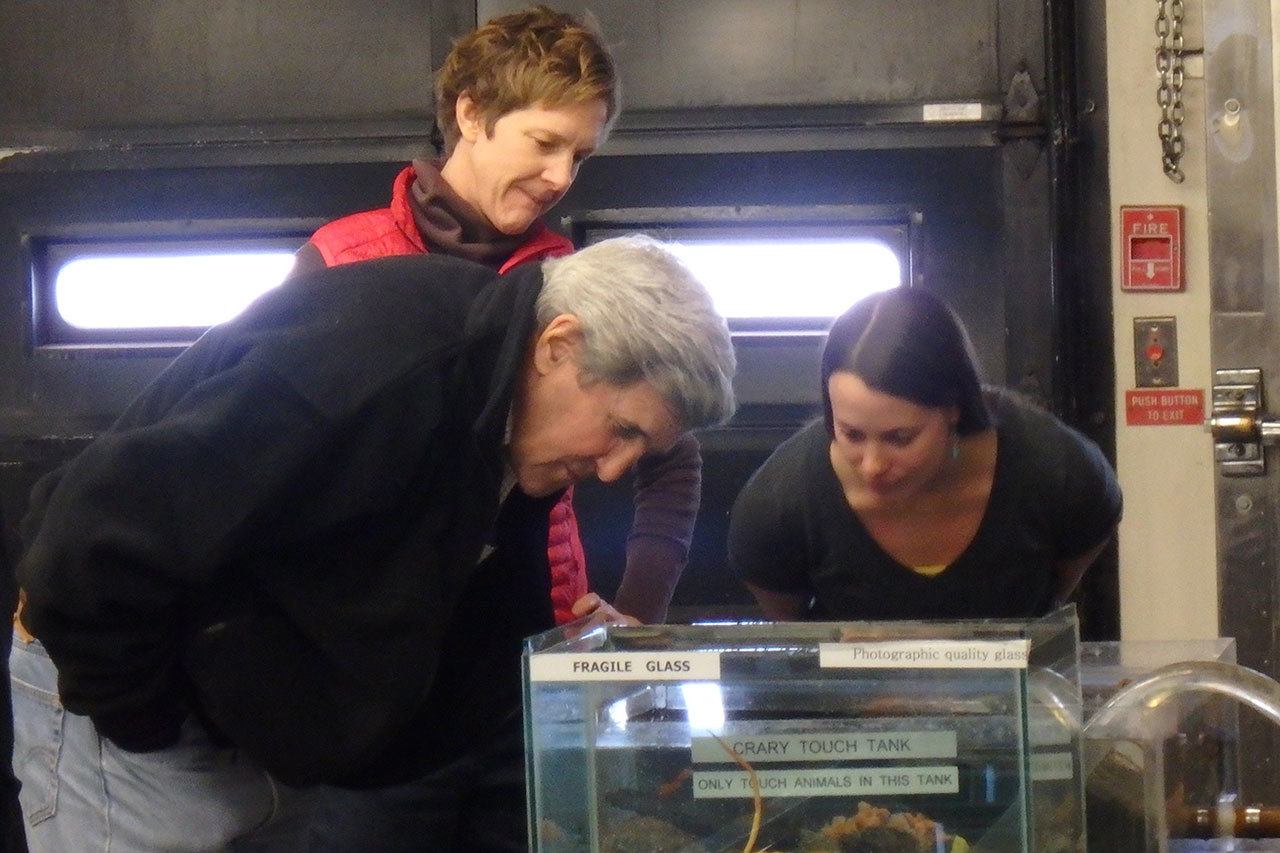Submitted by Timothy Dwyer
Timothy Dwyer teaches science and math at Spring Street International School. He was selected to participate in PolarTREC — a program that embeds teachers with research teams in the polar regions. This is part of a series by Dwyer on the research team’s expedition through Antarctica.
Last week, McMurdo Station hosted Secretary of State John Kerry — the highest ranking U.S. official ever to visit the continent. The Secretary’s visit was a weather-delayed, 48-hour whirlwind tour of the Dry Valleys, the Cape Royds Adelie penguin colony, Ernest Shackleton’s 1907 supply hut, and McMurdo Station itself. Standing in front of an audience of about 300 U.S. Antarctic Program participants on Friday evening in the galley, Secretary Kerry gave a talk that was both funny and sobering on the history of the modern environmental movement and the unfolding climate crisis. According to news reports and his own spokesperson, Secretary Kerry was visiting Antarctica to highlight concerns over climate change, to gain first-hand experience with the Antarctic environment, and to talk with climate researchers prior to a climate conference in Marrakesh, Morocco. Above and beyond those stated justifications for the long trip down, the Secretary’s visit carries much greater significance.
The Secretary of State of the United States is the federal government’s top diplomat and is responsible for communicating the U.S. government’s messages and policies to foreign governments, among other duties. The Secretary heads the Department of State, which operates and staffs embassies and consulates in around 180 nations. A large part of what makes a country a country is the legitimacy lent to it by other nation-states. This recognition often comes through the establishment of diplomatic relations in the form of official visits by high-ranking diplomats, the opening of an embassy, and the appointment of an ambassador. In addition to the highly specific language used during diplomatic interactions, the act of meeting face-to-face holds enormous importance and symbolism.
With no permanent population to speak of, Secretary Kerry’s physical presence in Antarctica serves the symbolic purpose of re-affirming the United States’ ongoing support for the Antarctic Treaty System. The cold war-era agreement — forged by diplomats of 12 nations and ratified by the U.S. Senate and President Eisenhower — reserved the entire continent for peaceful pursuits and, in doning so, played a role in averting nuclear war. Since 1959, the original treaty has been amended several times and now contains provisions for the preservation of the continent’s natural resources in addition to the original prohibitions on armed military activity, nuclear testing, and nuclear waste disposal. Some of these provisions will expire in the next 25 years, potentially leading to conflicts among the 53 signatory nations of the Antarctic Treaty System and other interested powers. Beyond simply drawing attention to a changing climate, Secretary of State John Kerry’s presence at McMurdo Station symbolically shows the world that the United States hasn’t forgotten about Antarctica and its historical and future geopolitical significance.



